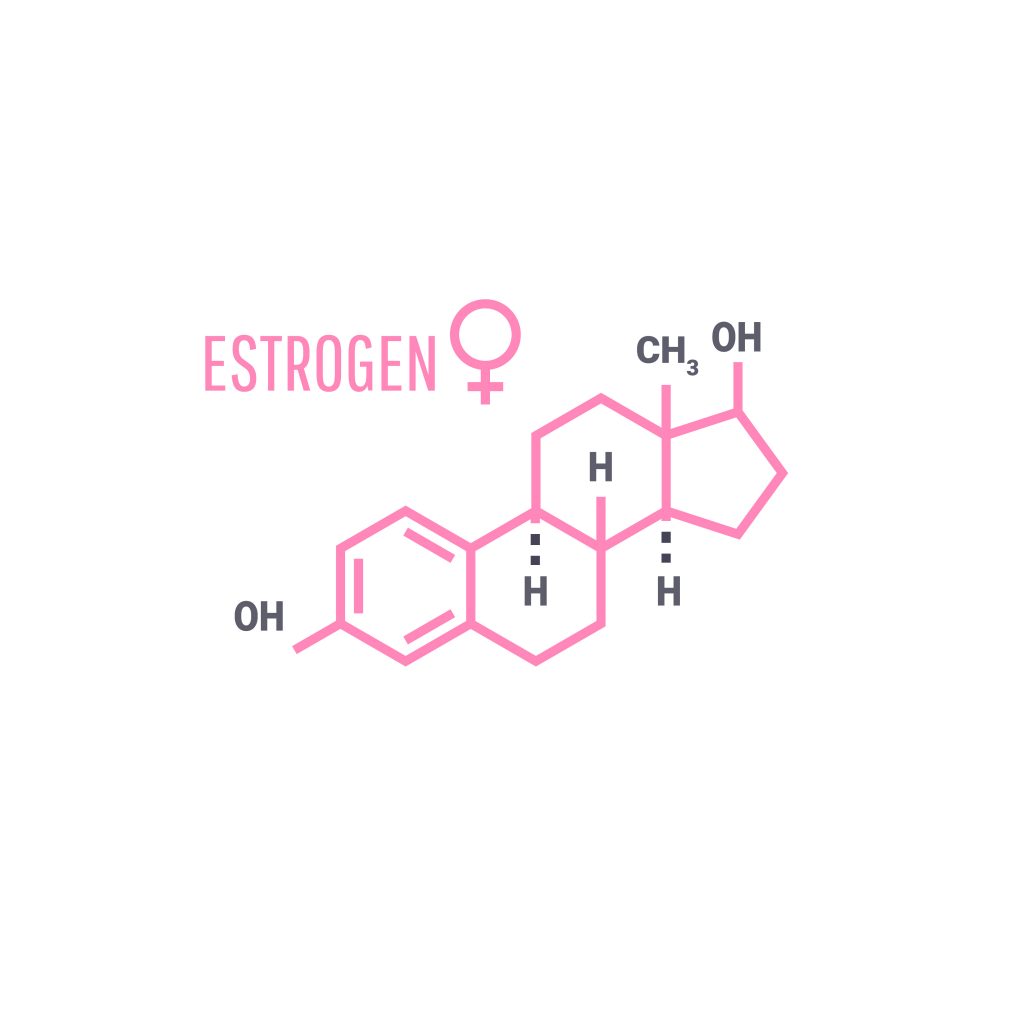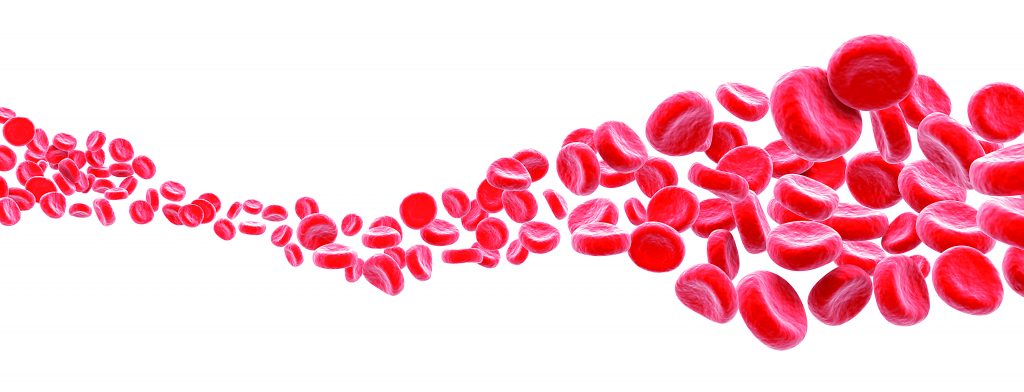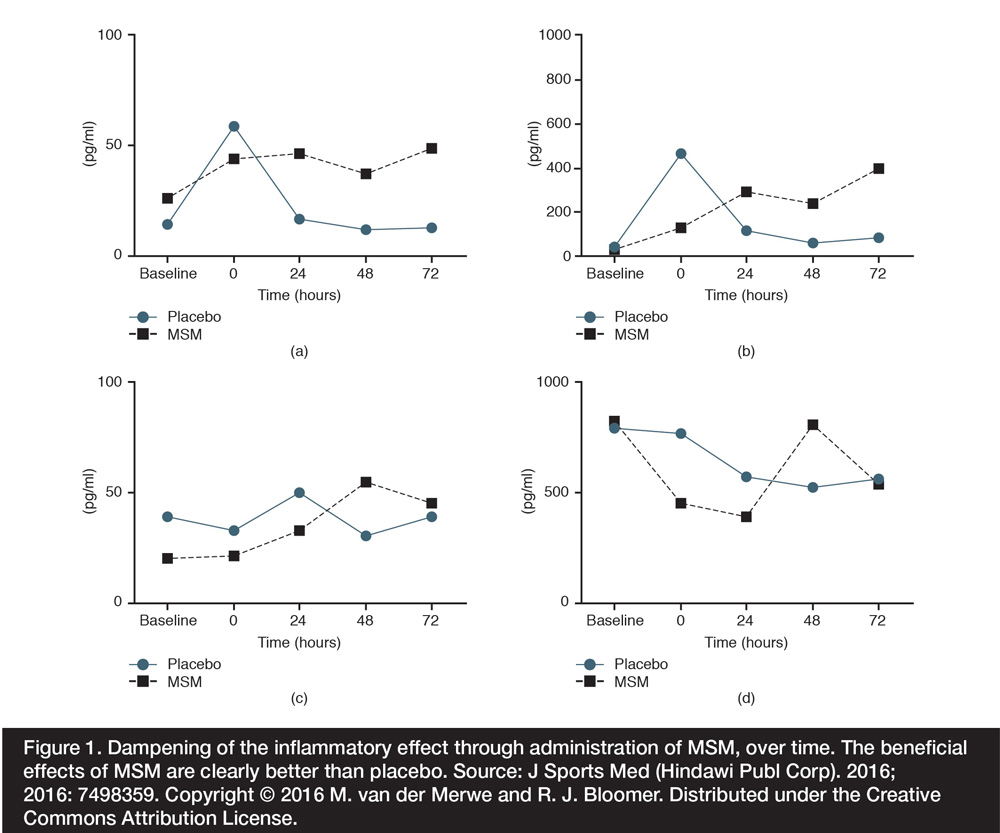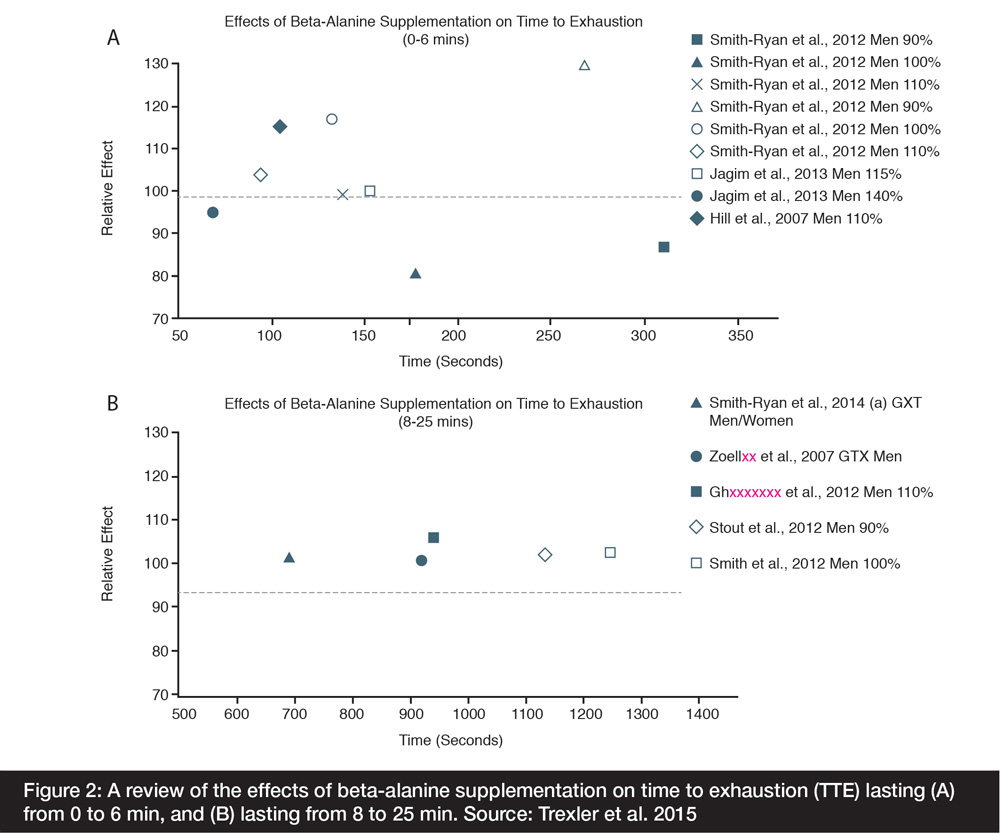
Supplementing for sports performance
January 8th, 2021By Marios Kyriazis, M.D.
Since the dawn of time, primitive humans, and later competitive athletes have attempted to improve their performance by consuming a variety of substances. The use of nutritional supplements in improving sports performance is widespread, as athletes try to find ways to perform better without side effects or adverse reactions.
Anybody who is interested in this field, however, should not approach it superficially, but must follow the suggestions of science and medicine. Many non-professional athletes believe that apart from training, they can enhance their performance by taking one or two products designed to release energy, or one or two products to enhance their metabolism. There is no point in taking a few supplements that you read about on the internet, and hope that you will suddenly experience dramatic endurance and stamina. The biology of sports performance is much more complicated than this, and in this article, I will discuss some aspects of the process. The discussion will examine some compounds, nutrients, or remedies that are supported by science and may be used under suitable supervision in a personalized way. In other words, each person may respond differently following supplementation of any kind, and it is necessary to tailor-made the supplement regime to suit that individuals and his/her needs. This is based on the more general principle of Personalized Medicine, that should be applied in all instances of supplementation, for any situation, illness or general health.
Estrogens and metabolism
We know that, with age, estrogen metabolism changes, and this has an implication on bodily health. While estrogen function generally decreases with age, we are exposed to other environmental factors which may disrupt this process and, as a result, have an augmented estrogenic function, which is connected to increased incidence of some cancers. The entire process is very complex, but the overall aim is to balance excessive vs defective function of estrogen and to avoid estrogen toxicity. In this respect there are many studies which concentrate on estrogen disruptors, compounds that may interfere and modulate the different estrogenic pathways. There are over 450 estrogenic chemicals and estrogen disruptors (Kiyama 2015), which take part in estrogenic signaling and metabolism.

One such compound is diindolylmethane (DIM) derived from indole-3-carbinol (I3C). This an ingredient of broccoli, cabbage, kale and other cruciferous (Brassica) vegetables. The best way of describing it, is as a modulator of estrogen function, in other words, it restores a normal function of estrogen without excessive blocking of the beneficial effects of estrogen, and without overstimulation of its negative effects.
While DIM has been used in dealing with several types of cancers, it has a particular relevance to exercise, because estrogen and exercise have a mutually influencing relationship (Vieira-Potter 2015). For example, too much or too little estrogen in the body has been liked to a decreased level of physical activity (Gavin et al 2018). It is worth remembering that estrogen is not only found in women, but it is increasingly present in older men. Older women experience a decreased estrogen function, and older men have an increased estrogen function, bringing us to a situation where a 60-year-old man may have more estrogen in his body, compared to a 60-year-old woman. Therefore, products such as DIM which regulate and normalize estrogen function are useful in this respect. In practical terms, this estrogen balance is translated into stronger bones, regulated body fat, and optimal muscle mass, all of which are useful in any athlete.
The dose is different depending on the condition being addressed. For example, in cancer a dose of 8 mg per Kg of weight has been used, whereas in normal situations appropriate for in healthy sport situations, a dose is 1 mg to 2 mg per Kg of weight.
Nitric Oxide and blood circulation
A good physical performance does not only depend on muscular function, but also on how well the muscles are oxygenated and on how fast the metabolic toxins are eliminated from the muscle. In other words, on how efficient the blood circulation is.
One way to assure good blood circulation is to help improve the flow of blood through the blood vessels, and here is where Nitric Oxide comes in. This is a colorless gas which helps widen the arteries, among other actions. Not many people realize that Nitric Oxide (NO) is a free radical, which though, in small amounts, has proven benefits. Two amino acids which can help release NO by the body are arginine (best obtained from pumpkin) and citrulline (for example, from watermelon). Arginine works by blocking an enzyme that destroys NO (therefore effectively increasing NO presence) (Kittel 2014), whereas citrulline increases arginine actions, (Figuero et al. 2017). The authors of this study quote:
The beneficial vascular effects of L-citrulline/watermelon supplementation may stem from improvements in the L-arginine/nitric oxide pathway. Reductions in resting blood pressure with L-citrulline/watermelon supplementation may have major implications for individuals with prehypertension and hypertension. L-Citrulline supplementation, but not acute ingestion, have shown to improve exercise performance in young healthy adults.
So, we see that these two amino acids used in combination (and there exist commercial products such as NitricPro™), may contribute to a better exercise performance.

Note: NO (nitric oxide is a gas found within the blood that is made in the endothelial layer, found in the lining of blood vessels.
The role of NO in sports was examined in a recent study (Jacob et al. 2018), where it was shown that oral supplementation with compounds that can increase NO action, is reflected in higher concentrations of NO radicals in the serum and saliva of the user. By the way, there are several other compounds which can increase NO concentrations, such as polyphenols, flavones, saponins etc. However, the combination of citrulline and arginine seems to be the best; NO is not only useful in sport, but also in promoting overall vascular health and repairing aging-related damage.
The role of Phenethylamine as a stimulant
Another very important factor in maintaining physical fitness is cognitive health. An athlete or anyone who exercises for general fitness need to have good motivation, alertness and generally to be mentally stimulated. This is the reason why some athletes choose to take, not only supplements to boost physical performance, but also supplements which have a positive effect on the brain. Phenethylamine (PEA) is one such compound. It is a natural monoamine alkaloid, with stimulating effects on the brain. Basically, it regulates neurotransmission, either by blocking excessive neurotoxins, or by stimulating better transmission of information from neuron to neuron. One food that contains PEA is chocolate, but it is also available as a dietary supplement. Apart from its use in sports, it is also used to reduce the effects of depression, and generally to keep the brain alert. Some people also use it in order to achieve better erection, or for weight loss purposes. Like all compounds mentioned here, it should only be used under expert supervision because it is not suitable for everybody. There is not enough reliable information about the recommended dose, and this is another reason to consult a professional before using it.
Vitamin C
It can help in maintaining good health of the heart. This is best obtained from acerola cherries, and preferably not synthetic.In a clinical trial, scientists from Taiwan wanted to see if high dose of vitamin C (together with vitamin E) has any effect on exercise-induced muscle damage. Eighteen elite athletes took part. Half of those were given 2000 mg of vitamin C and 1400 U vitamin E a day for 4 days. The other half were given placebo. They found that inflammation and other toxicity markers (myoglobin, creatine kinase, and hemolysis) were significantly lower in the active group (Chou et al. 2018).
Therefore, it was shown that vitamin C supplementation reduces exercise-induced tissue damage, both during and after a heavy sporting activity.
Ribose
It is an energy booster. This is a natural form of sugar that takes part in the metabolism of adenosine triphosphate (ATP) which provides energy during muscular actions. During intense exercise, ATP levels may get severely depleted, and recovery may take several days.
This effect is more pronounced in untrained people who decide to exercise intensely for a while. Athletes use ribose both before exercise to increase ATP, and after to replace lost ATP. It prevents muscle cramps, stiffness and pain after exercise. In a study, researchers wanted to see if the benefits of oral ribose supplementation translate into practical benefits in athletes (Seifert et al. 2017).
Here are the results, as stated by the authors of the study (summarized):
The study was a double blind, crossover study in 26 healthy subjects compared 10 g/day of ribose to 10 g/day of dextrose (as control). All subjects completed 2 days of loading with either ribose or dextrose, followed by 3 additional days of supplementation and during these 3 days of supplementation, each subject underwent 60 minutes of high intensity interval exercise in separate daily sessions. Ribose supplementation resulted in maintenance in exercise performance, as well as lower levels of the rate of perceived exertion and creatine kinase (an enzyme that increases following muscle injury). There were no observed benefits with dextrose supplementation.
MSM (methylsulfonylmethane)
If exercise is strenuous, it may cause pain, muscle soreness and increased production of free radicals and inflammation-related toxins. Some athletes are using MSM to prevent these effects. MSM is a sulfur-based nutritional supplement that reduces inflammation and pain following exercise.
In a clinical trial (van der Merwe 2016) active men were given MSM supplementation (3 g daily) or placebo for 4 weeks and then asked to perform strenuous exercise. It was found that the group that took the MSM supplements had lower concentrations of inflammation markers in their blood, compared to the placebo group (Figure 1). The authors concluded that:
Strenuous exercise causes a robust inflammatory reaction that precludes the cells from efficiently responding to additional stimuli. MSM appears to dampen the release of inflammatory molecules in response to exercise, resulting in a less incendiary environment, allowing cells to still have the capacity to mount an appropriate response to an additional stimulus after exercise.

Figure 1. Dampening of the inflammatory effect through administration of MSM, over time. The beneficial effects of MSM are clearly better than placebo. Source: J Sports Med (Hindawi Publ Corp). 2016; 2016: 7498359. Copyright © 2016 M. van der Merwe and R. J. Bloomer. Distributed under the Creative Commons Attribution License.
Carnosine and beta-alanine
The di-peptide Carnosine (beta-alanine, L histidine) has been used in the field of sports endurance (and aging) for several decades.
It is highly concentrated in muscle where it acts as an intracellular pH buffer. In this way it is used in order to increase high-intensity sports performance (Sale et al. 2013). Beta-alanine supplementation increases the levels of carnosine in the muscle. For example, (de Andrade Kratz et al. 2017), in a clinical trial it was shown that when beta-alanine (carnosine) is given as an oral supplement for 4 weeks it improved high intensity performance in judo athletes, and it may also be of benefit in rowing sports (Furst et al 2018).
For these reasons, carnosine is very popular in sports because it can delay fatigue and improve endurance (Hoffman et al 2018). But carnosine has also other beneficial effects which can be useful in sport. Namely, it may help improve resistance to stress and enhances certain brain functions that are useful in both competitive athletes and those exercising for everyday general health.
However, there is one issue here that can be of relevance. There are several discrepancies in the effectiveness of carnosine, and these depend on the actual sport or physical activity on which it is being tested. Benefits have been found in specific examples of sports and these are: cycling race of 4 km, rowing race of 2,000 m, swimming race of 100 and 200 m, combat modalities, and water polo (Brisola et al 2019).
In any case, in another twist, carnosine in association with zinc has been found to regulate gut permeability. This can be important in athletes because we know that heavy exercise results into increase passage of toxins from the gut to the blood, and this may cause heat stroke or abdominal symptoms (Danison et al. 2016). Zinc-carnosine was tested on athletes, either on its own or in association with colostrum. It was shown that Zinc -carnosine taken alone or with colostrum, increased epithelial resistance, which means that the risk of adverse effects such as heat stroke is prevented.
In a review of the actions of beta-alanine, it was concluded that it is a supplement that can increase performance at a very high level (Blancquaert et al. 2015). Carnosine regulates intramuscular calcium, and it has anti-glycator and antioxidant properties. Overall, it plays an important role in muscle physiology. The International Society of Sports Nutrition has concluded that (Trexler et al. 2015) (Figure 2):
- Four weeks of beta-alanine supplementation (4-6 g daily) significantly augments muscle carnosine concentrations, thereby acting as an intracellular pH buffer
- Beta-alanine supplementation currently appears to be safe in healthy populations at recommended doses
- The only reported side effect is paraesthesia (tingling), but studies indicate this can be attenuated by using divided lower doses (1.6 g) or using a sustained-release formula
- Daily supplementation with 4 to 6 g of beta-alanine for at least 2 to 4 weeks has been shown to improve exercise performance
- Beta-alanine attenuates neuromuscular fatigue, particularly in older subjects
- Combining beta-alanine with other single or multi-ingredient supplements may be advantageous when supplementation of beta-alanine is high enough (4-6 g daily) and long enough (minimum 4 weeks)
- More research is needed to determine the effects of beta-alanine on strength, endurance performance beyond 25 min in duration, and other health-related benefits associated with carnosine.

Figure 2: A review of the effects of beta-alanine supplementation on time to exhaustion (TTE) lasting (A) from 0 to 6 min, and (B) lasting from 8 to 25 min. Source: Trexler et al. 2015
In a more recent study, the benefits of beta-alanine on exercise performance have been examined further (Saunders et al. 2017). Over 1400 individuals were studied with respect to exercise duration, performance and amount of beta-alanine consumed. The conclusion was that beta-alanine had a significant overall benefit, although this also depends on the actual exercise modality chosen by the participant. By the way, it was suggested that carnosine and beta-alanine supplementation may be of use to vegetarian athletes who do not eat meat, (which is rich in these two compounds).
Here, a word of warning. It is best to remain within recommended dosage for each compound used, and to consider that combinations of nutrients or supplements may cause not only potentiation of their normal effects, but also side effects. Therefore, it is best to work with a qualified professional in finding the right combination and dose.
Conclusion
We see that there are several ways to maintain our physical fitness, and to increase this fitness to the level of a competitive athlete. However, we need to be careful in choosing the various supplements in a way that it is suitable for our own circumstances, and not just take something that our friend is taking.
It is also important to note that the physical exercise routine needs to also be appropriate for our own situation, to maximize our aims. And here, we must ask ourselves; “what is our aim in this respect? Is it to be physically strong? To be a body builder? Or to become a competitive athlete? Or just to be in a generally fit state which helps reduce the effects of age?” Each situation has different requirements.
The compounds and supplements mentioned here, together with others discussed in other articles in this issue, will help overall, but their use should be targeted specifically to your own needs.
References
- Blancquaert L, Everaert I, Derave W. Beta-alanine supplementation, muscle carnosine and exercise performance. Curr Opin Clin Nutr Metab Care. 2015 Jan;18(1):63-70
- Brisola, GMP and Zagatto, AM. Ergogenic effects of β-alanine supplementation on different sports modalities: strong evidence or only incipient findings? J Strength Cond Res 33(1): 253-282, 2019
- Chou CC et al. Short-Term High-Dose Vitamin C and E Supplementation Attenuates Muscle Damage and Inflammatory Responses to Repeated Taekwondo Competitions: A Randomized Placebo-Controlled Trial. Int J Med Sci. 2018 Jul 30;15(11):1217-1226
- Davison G, et al. Zinc carnosine works with bovine colostrum in truncating heavy exercise-induced increase in gut permeability in healthy volunteers. Am J Clin Nutr. 2016 Aug;104(2):526-36
- de Andrade Kratz C et al. Beta-alanine supplementation enhances judo-related performance in highly trained athletes. J Sci Med Sport. 2017 Apr;20(4):403-408
- Figueroa A, Wong A, Jaime SJ, Gonzales JU. Influence of L-citrulline and watermelon supplementation on vascular function and exercise performance. Curr Opin Clin Nutr Metab Care. 2017 Jan;20(1):92-98
- Furst T, Massaro A, Miller C, Williams BT, LaMacchia ZM, Horvath PJ. β-Alanine supplementation increased physical performance and improved executive function following endurance exercise in middle aged individuals. J Int Soc Sports Nutr. 2018 Jul 11;15(1):32
- Gavin KM, Kohrt WM, Klemm DJ, Melanson EL. Modulation of Energy Expenditure by Estrogens and Exercise in Women. Exerc Sport Sci Rev. 2018 Oct;46(4):232-29
- Hoffman JR, Varanoske A, Stout JR. Effects of β-Alanine Supplementation on Carnosine Elevation and Physiological Performance. Adv Food Nutr Res. 2018;84:183-206
- Jacob J, Gopi S, Divya C. A Randomized Single Dose Parallel Study on Enhancement of Nitric Oxide in Serum and Saliva with the Use of Natural Sports Supplement in Healthy Adults. J Diet Suppl. 2018 Mar 4;15(2):161-172
- Kittel A, Maas R. Pharmacology and clinical pharmacology of methylarginines used as inhibitors of nitric oxide synthases. Curr Pharm Des. 2014;20(22):3530-47
- Kiyama R, Wada-Kiyama Y. Estrogenic endocrine disruptors: Molecular mechanisms of action. Environ Int. 2015; 83:11-40
- Sale C et al. Carnosine: from exercise performance to health. Amino Acids. 2013 Jun;44(6):1477-91
- Saunders B et al. β-alanine supplementation to improve exercise capacity and performance: a systematic review and meta-analysis. Br J Sports Med. 2017 Apr;51(8):658-669
- Seifert JG, Brumet A, St Cyr JA. The influence of D-ribose ingestion and fitness level on performance and recovery. J Int Soc Sports Nutr. 2017 Dec 20;14:47
- Trexler ET, et al. International society of sports nutrition position stand: Beta-Alanine. J Int Soc Sports Nutr. 2015 Jul 15;12:30
- van der Merwe M, Bloomer RJ. The Influence of Methylsulfonylmethane on Inflammation-Associated Cytokine Release before and following Strenuous Exercise. J Sports Med (Hindawi Publ Corp). 2016;2016:7498359
- Vieira-Potter VJ, Zidon TM, Padilla J. Exercise and Estrogen Make Fat Cells “Fit”. Exerc Sport Sci Rev. 2015 Jul;43(3):172-8







